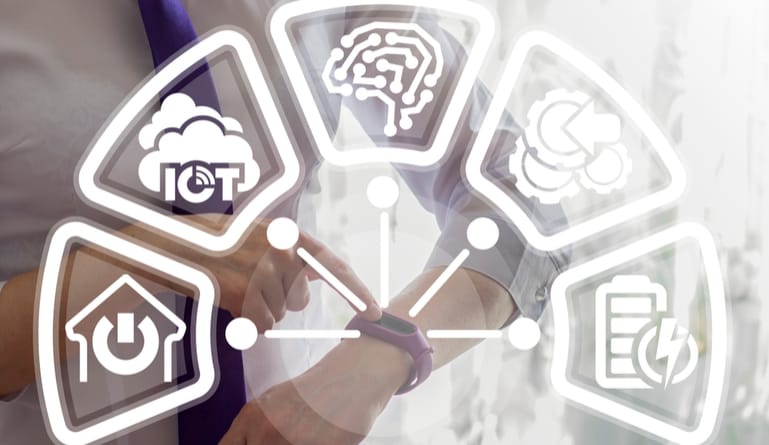Analytics has become an everyday part of most businesses. It’s become the standard for tracking performance, engagement, and success. One industry that has been slated to significantly benefit from analytics is the area of sports. From training to recovery to equipment, Internet of things – known as IoT – technology has given athletes and the sporting industry more information than ever before. Here’s how IoT can improve sports analytics for reduced injuries, better performance, and more.
How IoT is moving out of the house and onto the field.
IoT is not new, but its influence is growing – here’s how it may influence and improve sports analytics.
Player Training
Just like how many home thermostats are now equipped with the ability to transmit data to mobile devices, such as the temperature outside and the scheduled heating and cooling activity and even sense when occupants have left a residence to adjust the temperature accordingly, many pieces of sporting equipment are now incorporating sensors that can transmit information needed to enable athletes to become better performers.
“Smart shoes” can contain chips that gather information like distance and path traveled, while sensors on equipment like bats and balls can track a users’ statistics, like speed, angle, distance, and more. This makes it easier for coaches to track key data points and understand where problems are likely to emerge so that they can create solutions and training plans. Sports analytics companies like Spektacom are partnering with Microsoft and creating technology-enabled equipment to help give athletes and coaches more insight and create a path for enhanced performance.
Safety
Understanding player data and playing conditions can help improve athlete safety. Devices similar to those developed by Fitbit can help track certain information from athletes, such as heart rate, while more advanced technology can add sensors to clothing for things like “smart shorts” that can track and share information like acceleration, bending, twisting, and other physical activity that can help catch potential over-exertion or injury-inducing activities. This can help team trainers to better understand the stresses of a particular athlete’s body and make decisions on what both their training and recovery practice should include, but also help make suggestions about when a player should play a match versus when they need to continue recovery.
Audience Engagement
While not thought of as a traditional sporting statistic or sports data, customer experience and fan engagement are a huge part of the sporting industry. Using IoT can have a huge impact on fan enjoyment and give sporting franchises more information on their audiences.
Amazon has recently opened a brick-and-mortar shop that uses IoT to track purchases – customers simply walk out with what they want and the devices in their product are scanned at the door and the person’s Amazon account is charged. This could easily be implemented in merchandise or concession shops at sporting arenas, giving customers a more streamlined shopping experience and also giving near-instant data about what is resonating with customers.
Some companies have speculated that Google-style glasses can be given to fans at stadiums for instant replays or to have quicker access to relevant stats. IoT devices could also be used in outfitting stadiums to give security more information about traffic flow and help spot potential risks faster.
IoT, then, can be used to track audience information for stadium personnel but can also be integrated directly in the stadium for audiences to engage with. Overall, an elevated and enhanced sporting experience for customers will lead to better attendance and increased revenue for stadiums and teams.
While there are currently limitations to the collection of data and the data available, the technology of IoT has huge potential to be leveraged in ways that will make sports analytics both easier and more informative. It can not only connect trainers and coaches to important athlete data, but it can also help fans have a more holistic, enjoyable experience.





